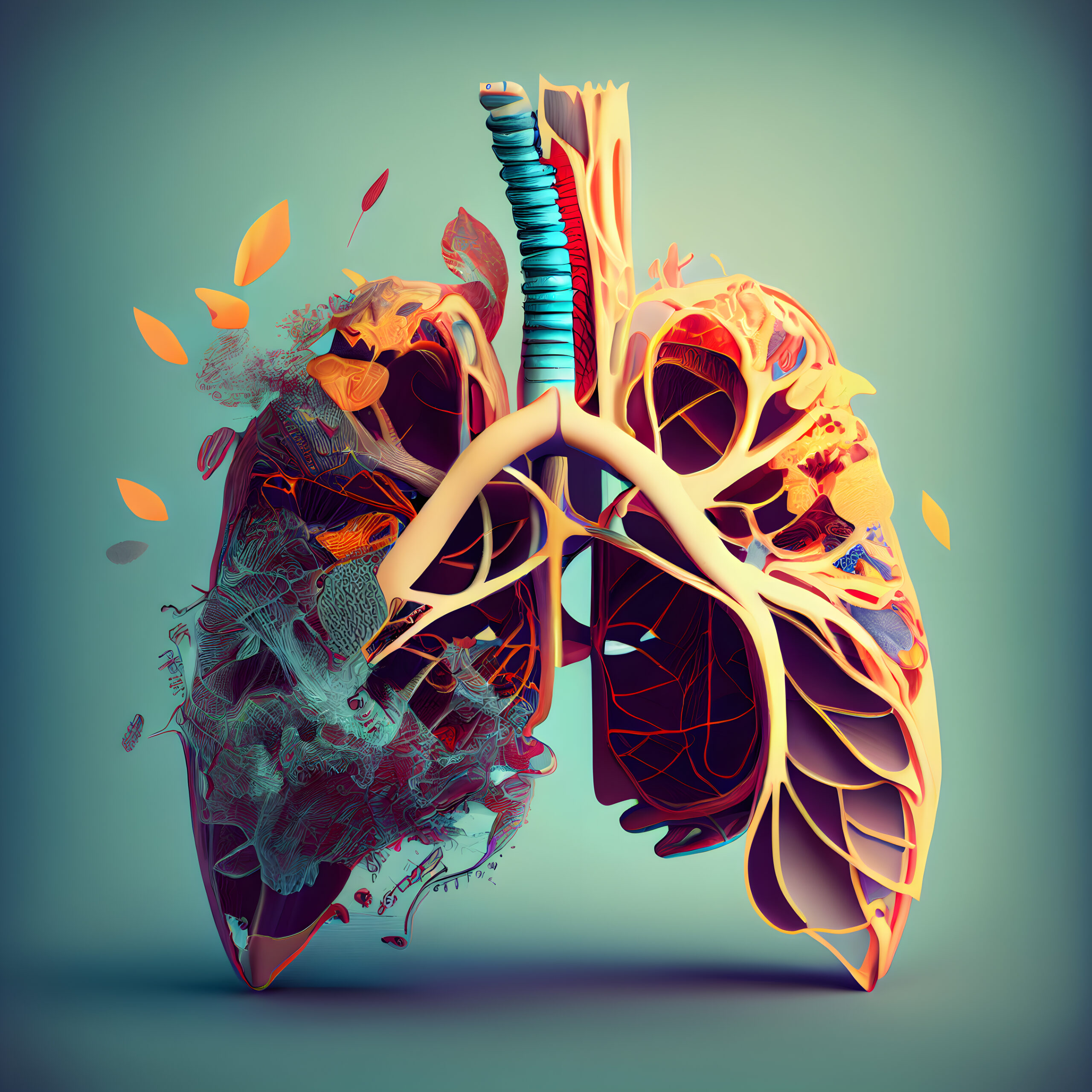Welcome to our scientific exploration into the intricate relationship between radon gas and lung cancer. This page aims to dissect the scientific evidence, mechanisms, and ongoing research endeavors that connect radon exposure to the development of lung cancer, shedding light on this critical intersection of environmental and public health.
Understanding the Link: Scientific studies have consistently demonstrated a clear association between radon exposure and an elevated risk of lung cancer. Radon, being a radioactive gas, decays into particles that can damage lung tissue when inhaled, setting the stage for the development of this deadly form of cancer.
Epidemiological Insights: Delve into the findings of epidemiological studies that have explored the prevalence of lung cancer in populations exposed to elevated levels of radon. Understand the statistical correlations and risk factors that have emerged from extensive research.
Mechanisms of Harm: Uncover the intricate biological mechanisms through which radon induces lung cancer. As radon decays, it produces alpha particles that can directly damage DNA, potentially leading to mutations and the initiation of cancerous growths within the lungs.
Risk Stratification: Explore how scientists quantify and stratify the risks associated with radon exposure, considering factors such as duration of exposure, radon concentration levels, and the interaction with other risk factors like smoking.
Current Research Frontiers: Stay abreast of the latest breakthroughs in radon and lung cancer research. Discover ongoing studies that delve into genetic susceptibility, molecular pathways, and the interplay of environmental factors, all aiming to deepen our understanding of this complex relationship.
Occupational Hazards: Investigate specific occupational settings where elevated radon exposure is a concern. Certain industries and occupations may inadvertently expose workers to higher levels of radon, emphasizing the need for targeted research and preventive measures.
Protective Measures: Examine the effectiveness of various preventive measures, including radon testing, mitigation strategies, and policy interventions. Understand how public health initiatives and awareness campaigns contribute to reducing the overall burden of radon-induced lung cancer.
Collaborative Efforts: Highlight collaborative efforts between scientific communities, governmental agencies, and advocacy groups aimed at addressing radon exposure on a broader scale. Explore how multidisciplinary approaches are crucial in mitigating the impact of radon on lung cancer rates.
Conclusion: As we navigate the intricate realm where radon gas intersects with lung cancer, this scientific webpage serves as a portal to ongoing research, evidence-based insights, and collaborative endeavors. Together, let’s deepen our understanding of this critical link, paving the way for informed policies, advanced preventive measures, and ultimately, a reduction in the global burden of radon-induced lung cancer. Stay tuned for updates on the latest scientific findings and advancements in this crucial field.

